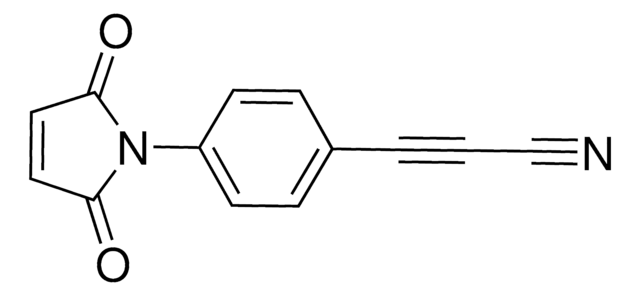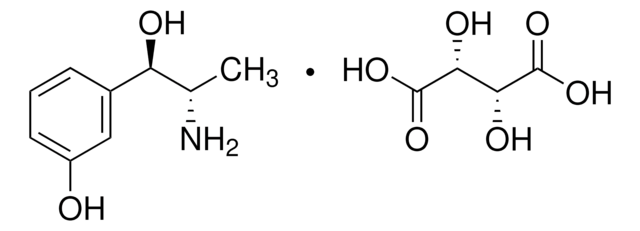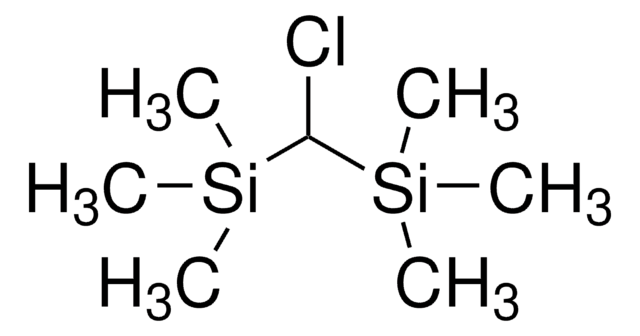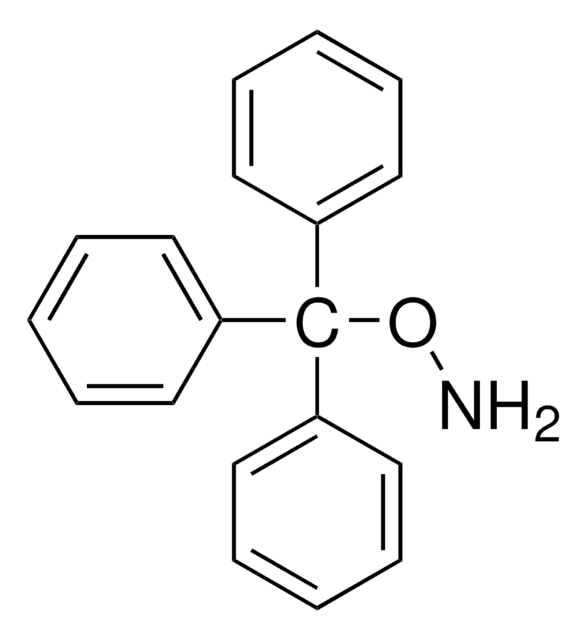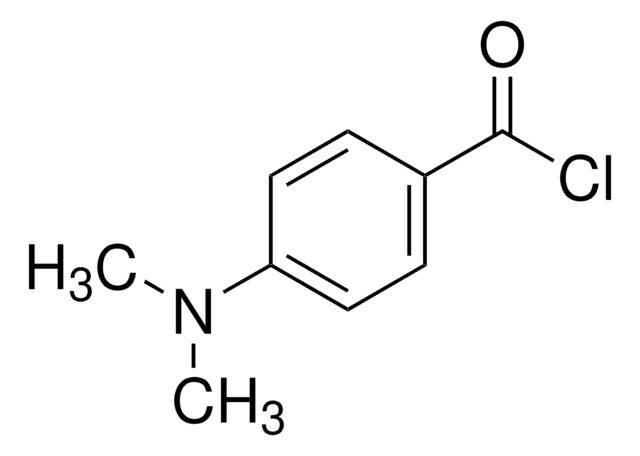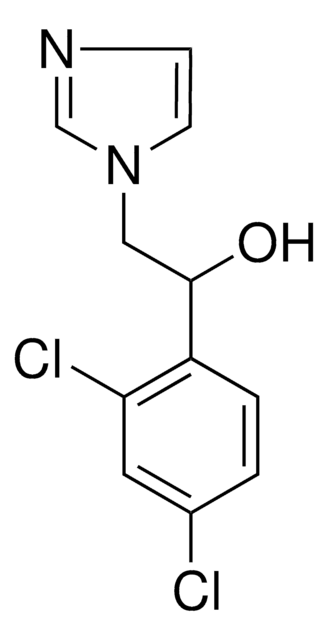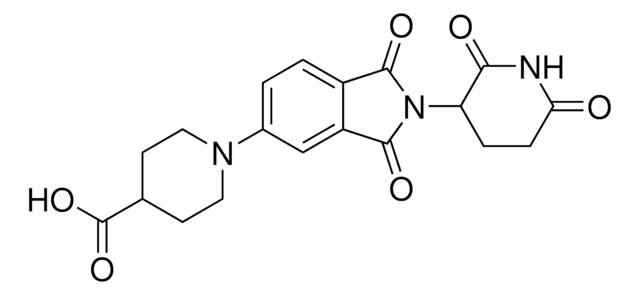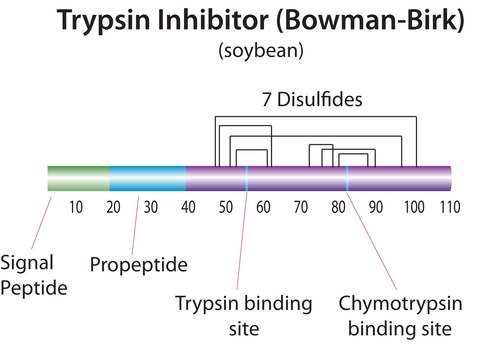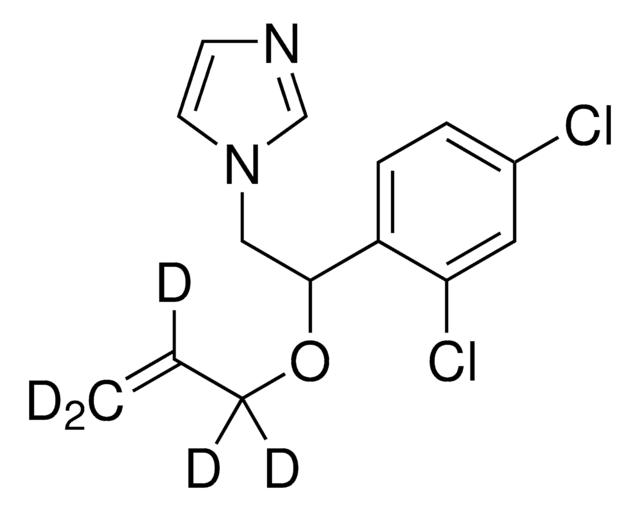All Photos(1)
Synonym(s):
4-(cyanoethynyl)benzoyl chloride
Empirical Formula (Hill Notation):
C10H4ClNO
Recommended Products
form
powder
Quality Level
reaction suitability
reagent type: cross-linking reagent
storage temp.
2-8°C
SMILES string
N#CC#CC1=CC=C(C(Cl)=O)C=C1
InChI
1S/C10H4ClNO/c11-10(13)9-5-3-8(4-6-9)2-1-7-12/h3-6H
InChI key
OWNJCJKKKZXTIX-UHFFFAOYSA-N
Related Categories
Application
APN-COCl is a bifunctional reagent appropriate for the introduction of APN function.
Other Notes
The coupling between an amine and APN-COCl should be performed in dry organic solvents (e.g. THF) in the presence of a base (e.g. TEA). The resulting conjugate can be readily coupled with thiol-containing biomolecules using the following protocol:
- Dissolve the protein in the appropriate buffer with pH 6.5-9.0 (e.g. PBS) at 1-10 mg/mL concentration.
- Apply the appropriate amount of the stock solution of the APN-labeled molecule (1-5 molar eq. per free cysteine residue).
- Incubate at room temperature for 2 hours.
Signal Word
Danger
Hazard Statements
Precautionary Statements
Hazard Classifications
Acute Tox. 4 Oral - Eye Dam. 1 - Skin Corr. 1B
WGK
WGK 3
Flash Point(F)
Not applicable
Flash Point(C)
Not applicable
Regulatory Information
新产品
Certificates of Analysis (COA)
Search for Certificates of Analysis (COA) by entering the products Lot/Batch Number. Lot and Batch Numbers can be found on a product’s label following the words ‘Lot’ or ‘Batch’.
Already Own This Product?
Find documentation for the products that you have recently purchased in the Document Library.
Sergii Kolodych et al.
Bioconjugate chemistry, 26(2), 197-200 (2015-01-24)
Amine-to-thiol coupling is the most common route for the preparation of antibody-drug conjugates (ADC). It is usually achieved by using heterobifunctional reagents possessing an activated ester at one end and a maleimide group at the other. However, maleimide-based conjugates were
Our team of scientists has experience in all areas of research including Life Science, Material Science, Chemical Synthesis, Chromatography, Analytical and many others.
Contact Technical Service